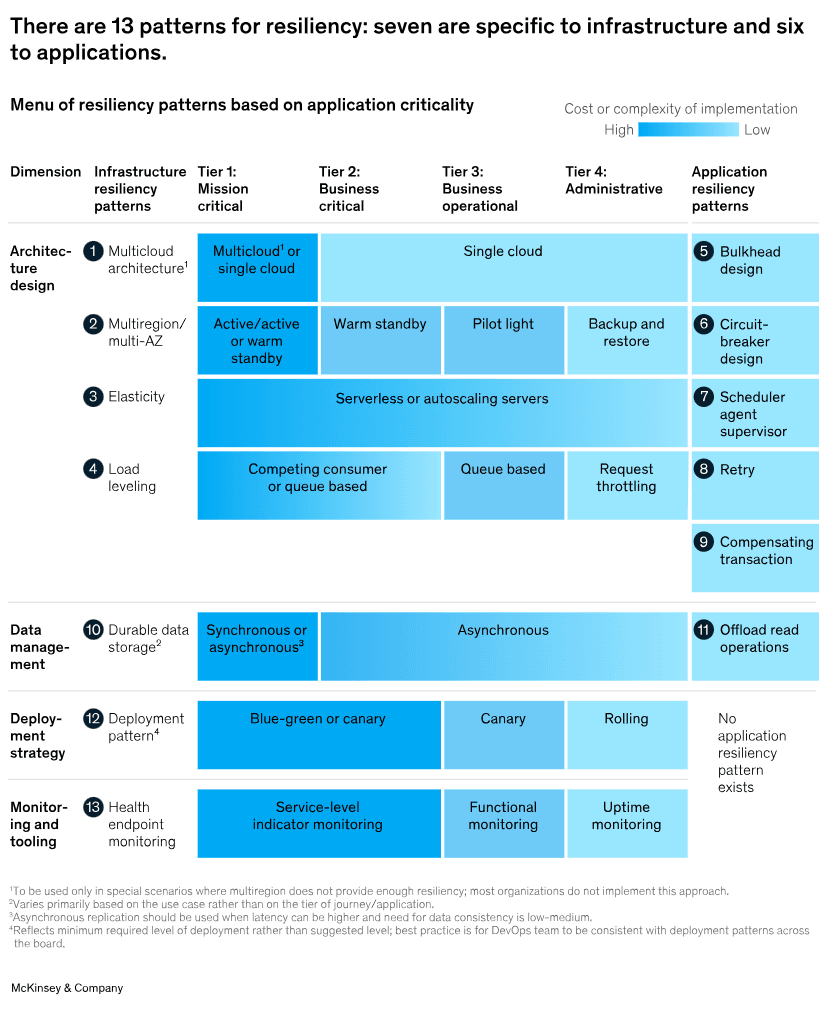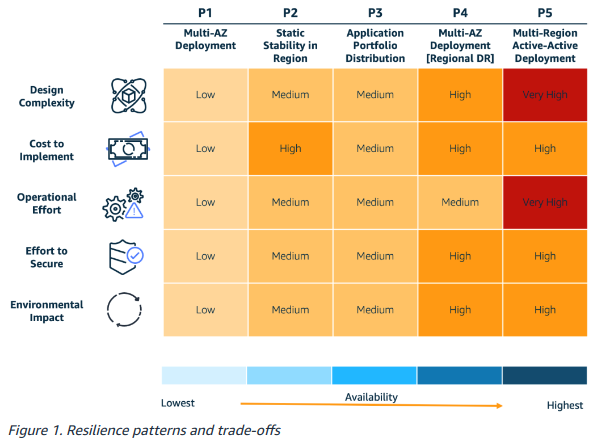The Best Disaster Recovery Strategy for your IT
In today’s digital landscape, businesses are heavily reliant on their IT infrastructure. With this dependence comes the inevitable risk of potential disasters, ranging from natural calamities to cyber-attacks. To mitigate these risks and ensure business continuity, a robust disaster recovery (DR) strategy is essential. The best approach integrates traditional methods with modern cloud solutions, creating a comprehensive and resilient recovery plan.
1. Assess Your Risks and Needs
Before diving into specific solutions, it’s crucial to assess the risks your company faces and identify the critical systems and data that need protection. Conduct a thorough risk assessment and business impact analysis (BIA) to understand the potential threats and the impact of downtime on your operations. This analysis will guide you in developing a strategy that balances cost with the required level of protection.
2. Define Recovery Objectives
Establish clear recovery objectives to set benchmarks for your disaster recovery strategy. Two key metrics are the Recovery Time Objective (RTO) and Recovery Point Objective (RPO). The RTO defines how quickly you need to restore your operations after a disruption, while the RPO determines the maximum amount of data loss that is acceptable. These objectives will shape the design of your disaster recovery plan and help prioritize resources.

3. Develop a Multi-Layered Approach
A successful disaster recovery strategy involves a multi-layered approach, combining various methods to ensure comprehensive coverage. Here’s how to incorporate cloud solutions effectively:
On-Premises Backup: Begin with regular backups of critical data and systems on local storage. This approach offers fast recovery and is an essential part of any DR strategy. However, on-premises backups alone may not be sufficient in the event of a major disaster.
Off-Site Backup: To protect against localized incidents like fires or theft, store backups at an off-site location. This could be another physical site or a third-party data center. Off-site backups offer added security and are crucial for business continuity.
Cloud Backup: Integrate cloud backup services as a key component of your disaster recovery plan. Cloud solutions provide scalable storage, automated backups, and geographical redundancy. In the event of a disaster, you can quickly access and restore data from the cloud, minimizing downtime and data loss.
Cloud Disaster Recovery (DRaaS): Disaster Recovery as a Service (DRaaS) offers a comprehensive solution that extends beyond simple backups. DRaaS providers replicate your entire IT environment in the cloud, enabling you to failover to a secondary site in case of a disaster. This service typically includes automated failover, testing, and orchestration, ensuring a smooth transition and minimizing disruptions.
Following AWS reference for cloud DR:

4. Regular Testing and Updates
A disaster recovery plan is only effective if it is regularly tested and updated. Conduct periodic drills to ensure that your team is familiar with the recovery procedures and that the systems are functioning as expected. Regularly review and update your disaster recovery plan to accommodate changes in your IT infrastructure, business processes, and emerging threats.
5. Leverage Automation and Monitoring
Utilize automation tools to streamline backup and recovery processes. Automation reduces the risk of human error and ensures consistent execution of your disaster recovery plan. Additionally, implement monitoring tools to keep an eye on your IT environment and detect potential issues before they escalate into major problems.
6. Train Your Team
Finally, ensure that your team is well-trained in disaster recovery procedures. Regular training sessions will prepare your staff to respond effectively in the event of a disaster and ensure that everyone understands their role in the recovery process.
Conclusion
Incorporating cloud solutions into your disaster recovery strategy enhances resilience, scalability, and efficiency. By combining on-premises backups, off-site storage, and cloud-based solutions like DRaaS, you can create a robust disaster recovery plan that safeguards your IT infrastructure and ensures business continuity. Regular testing, automation, and team training further strengthen your strategy, enabling your company to recover swiftly and effectively from any disruption.
Reach out for support designing and implementing your DR strategy. We can help keeping the DR costs under control.









